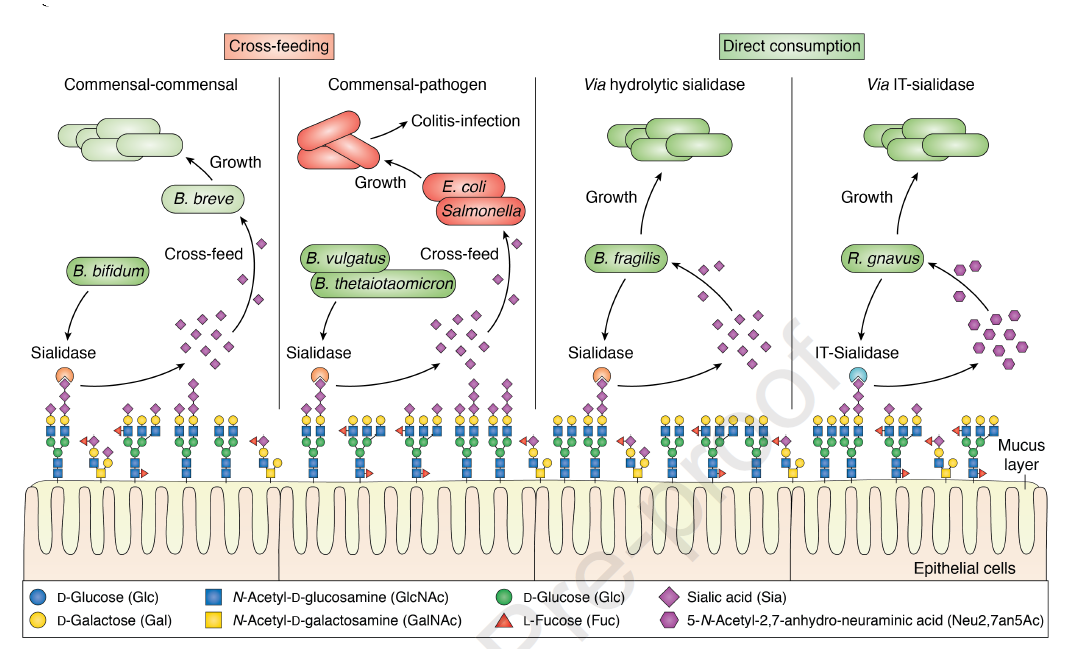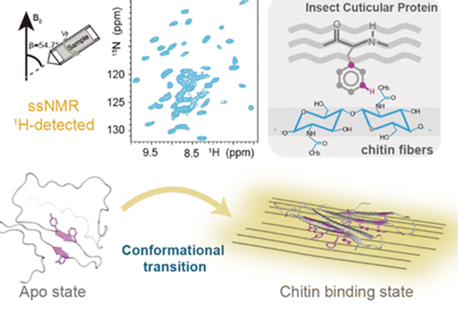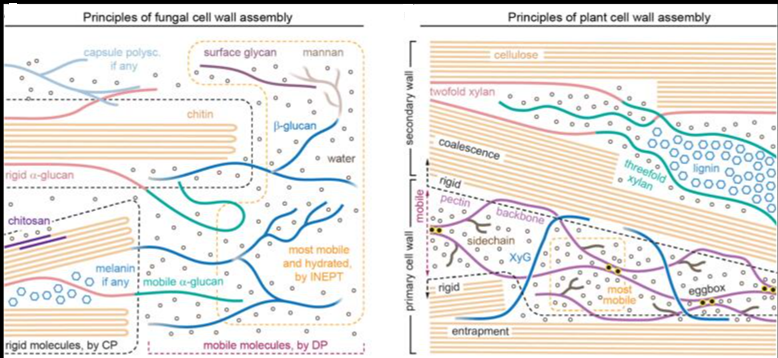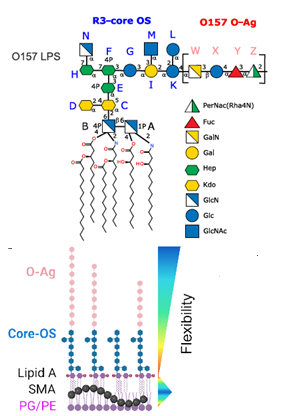The human gastrointestinal (GI) tract harbours diverse microbial communities collectively known as the gut microbiota, which profoundly impact human health and disease. The repartition and availability of sialic acid derivatives in the gut significantly affect the modulation of gut microbes and host susceptibility to infection and inflammation. Although N-acetylneuraminic acid (Neu5Ac) is the main form of sialic acids in humans, the sialic acid family regroups more than 50 structurally and chemically distinct modified derivatives.

In the GI tract, sialic acids are found in the terminal location of mucin glycan chains constituting the mucus layer but also come from human milk oligosaccharides in the infant’s gut or meat-based foods in adults. The repartition of sialic acid in the GI tract influences the gut microbiota composition and pathogen colonization. In this review, the authors provide an update on the mechanisms underpinning sialic acid utilization by gut microbes, focusing on sialidases, transporters, and metabolic enzymes.




